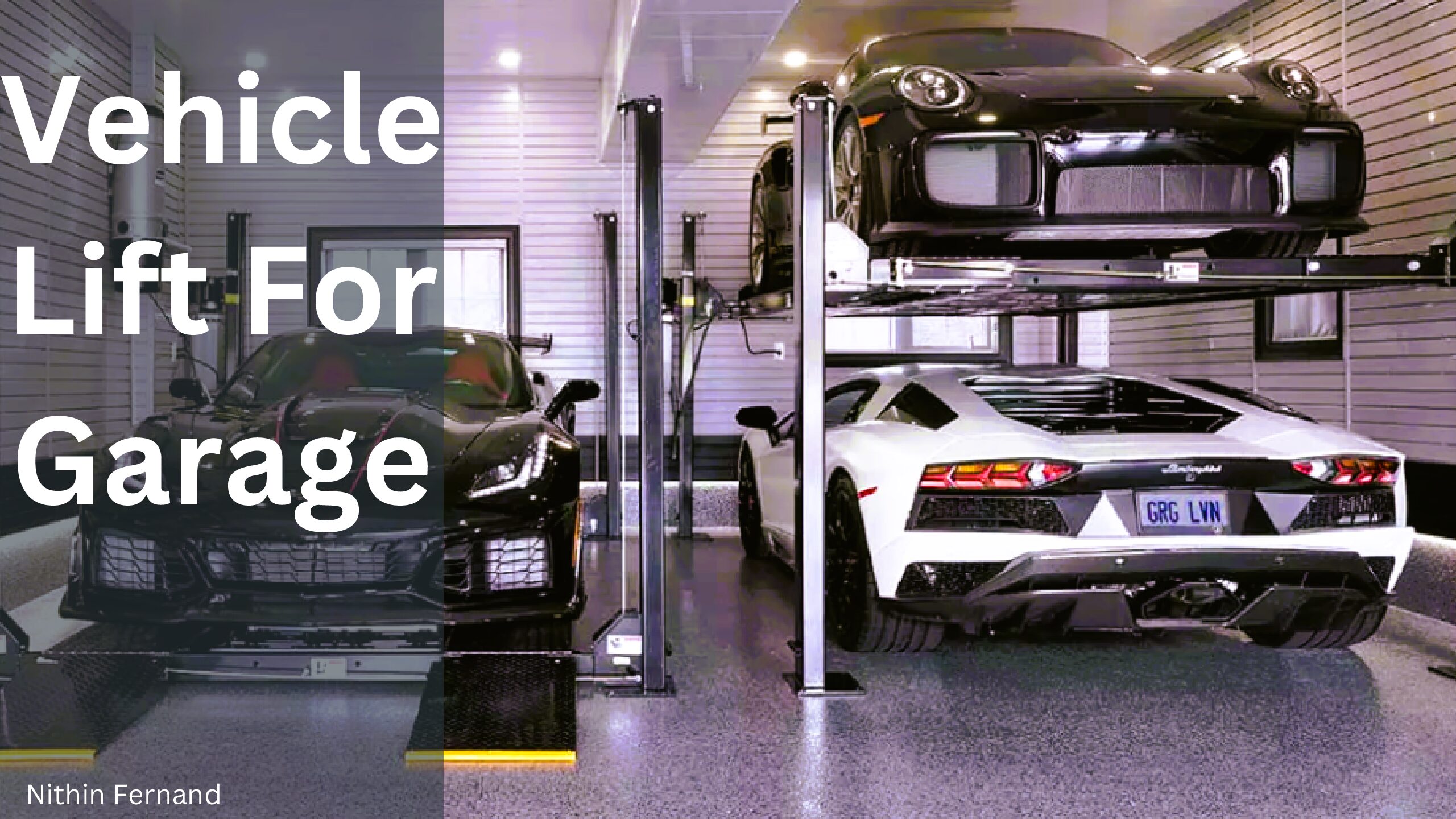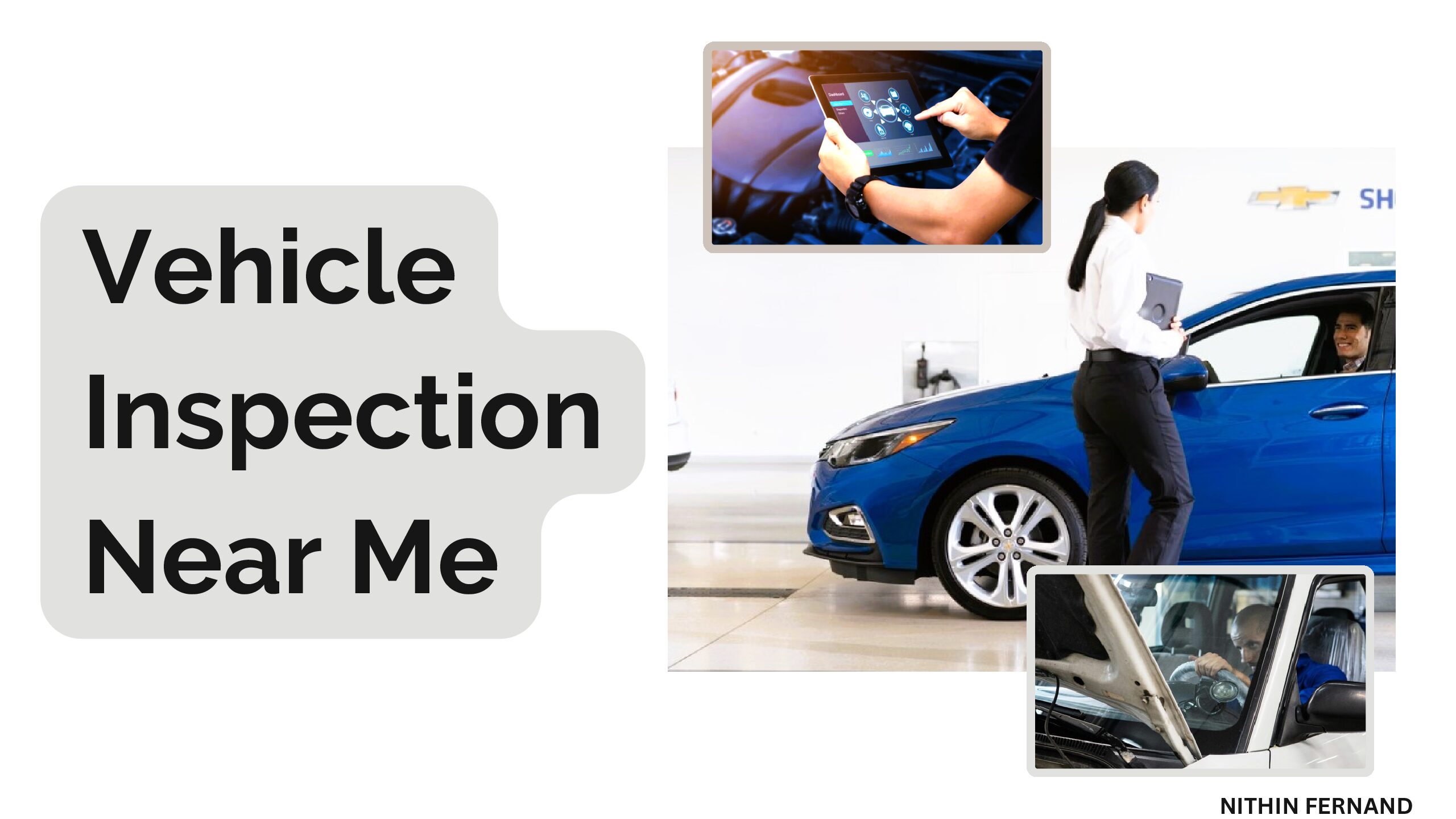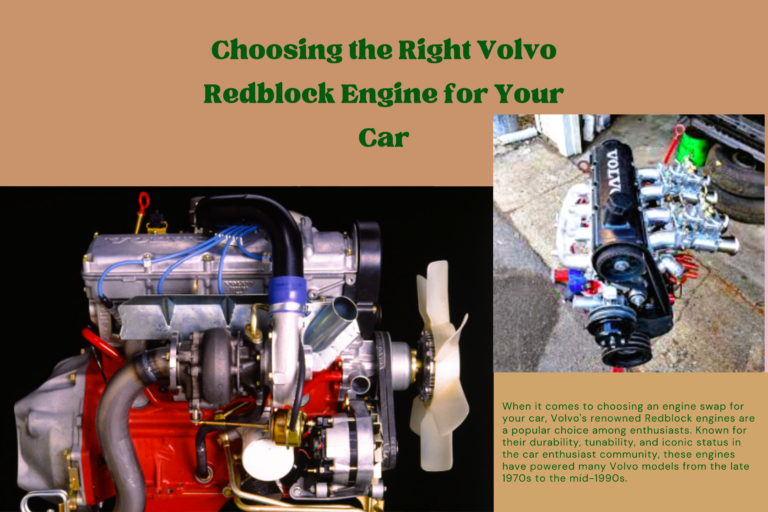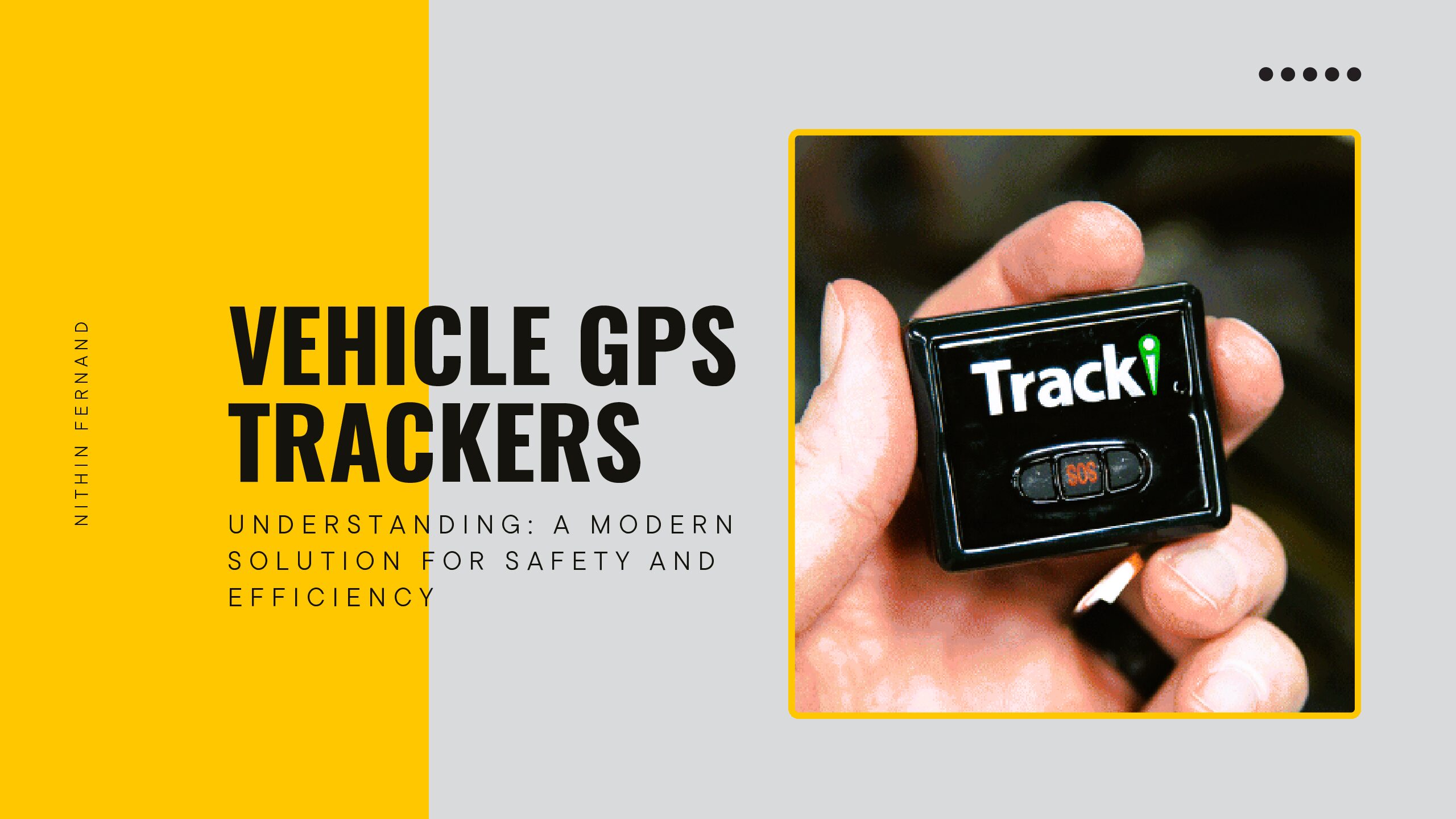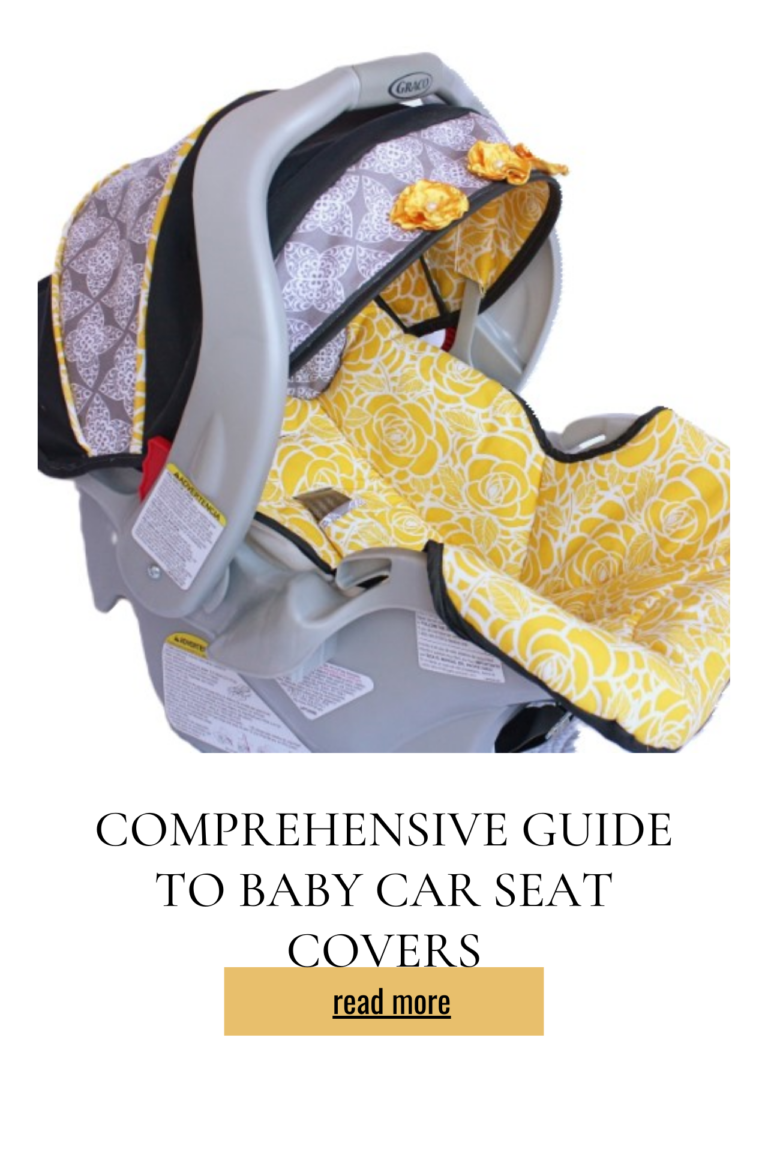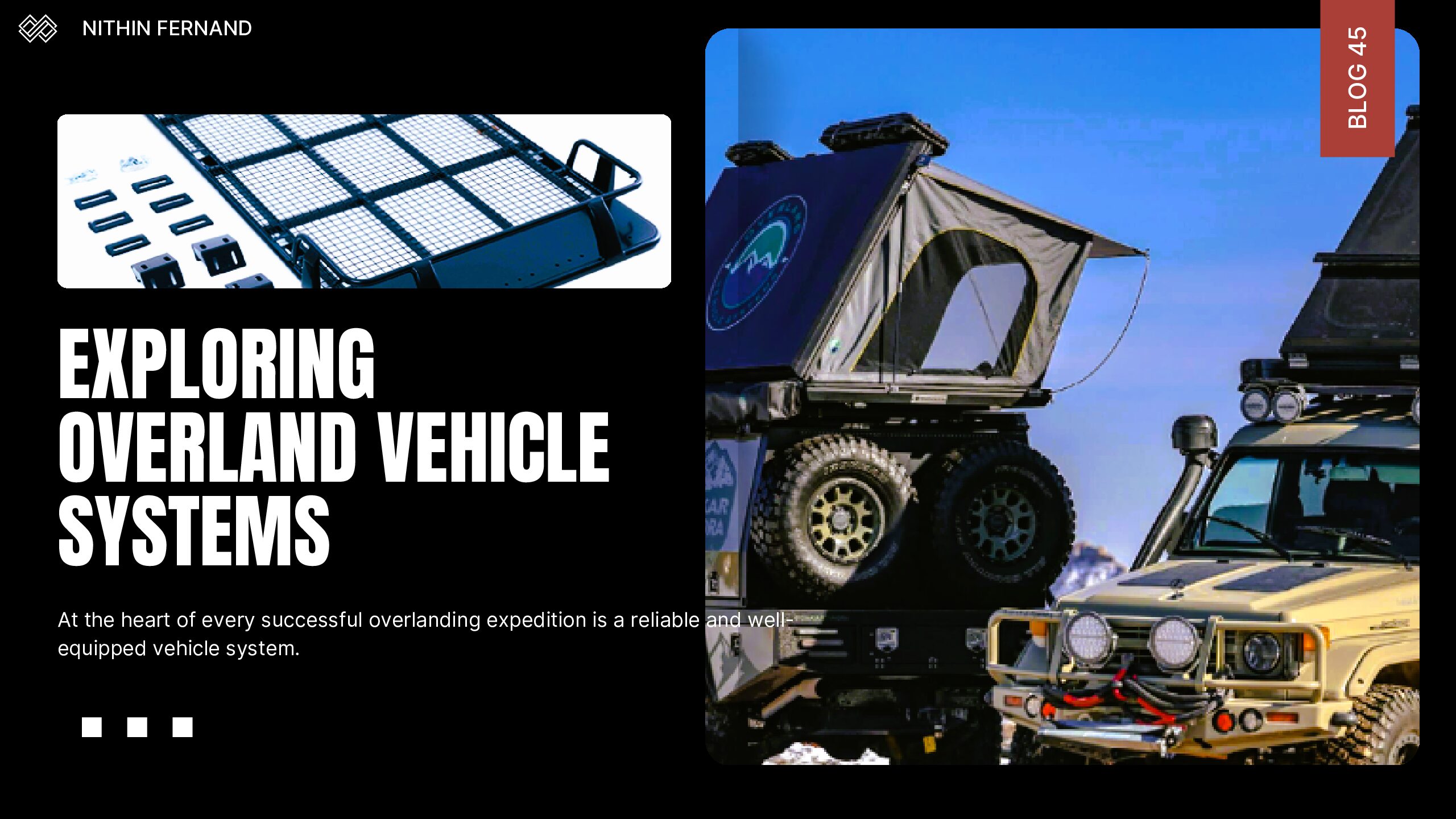Vehicle Lift For Garage 2024
Vehicle lifts are mechanical devices designed to raise vehicles off the ground for easier access during maintenance and repairs. They come in various designs, including two-post lifts, four-post lifts, scissor lifts, and portable options, each serving specific purposes. Utilizing hydraulic or electric systems, these lifts enhance safety and efficiency by providing stable support while working underneath vehicles. They are essential tools for both professional automotive shops and home garages, making tasks like oil changes, brake repairs, and diagnostics much more manageable.
Having a vehicle lift in your garage provides significant advantages, such as improved accessibility for working underneath vehicles, maximized use of garage space, and enhanced safety when lifting heavy vehicles.
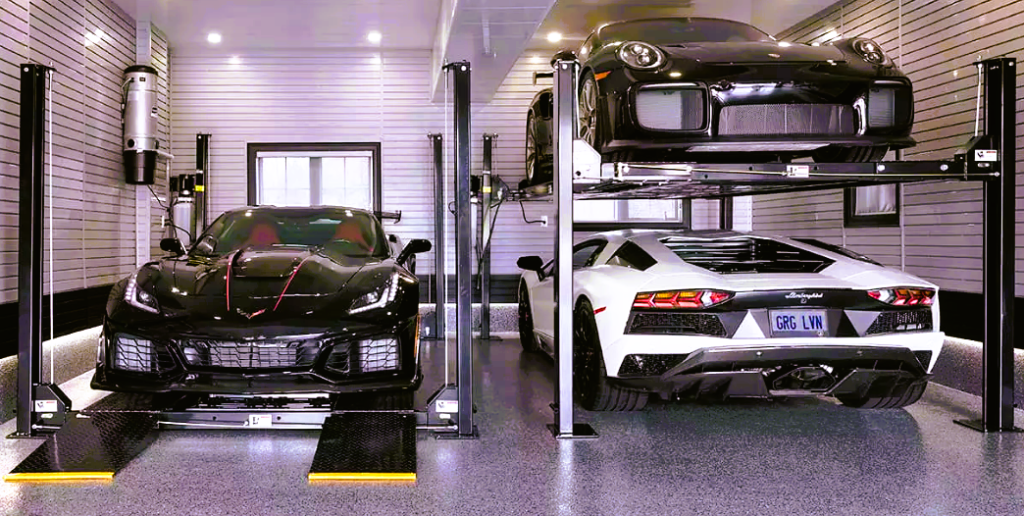
This article will explore the different types of vehicle lifts, discuss their benefits, outline key considerations for purchasing and installing a lift, and provide maintenance tips to ensure safe and efficient operation.
Table of Contents
Types of Vehicle Lifts
Two-Post Lifts
- Description and Features
- Composed of two vertical posts with adjustable arms that lift the vehicle by its frame or designated lift points.
- Generally has a lifting capacity ranging from 6,000 to 12,000 pounds.
- May include various safety features like locking mechanisms and adjustable arm configurations.
- Advantages and Disadvantages
- Advantages:
- Excellent for quick access underneath the vehicle.
- Smaller footprint, making them suitable for tighter garage spaces.
- Generally less expensive compared to other lift types.
- Disadvantages:
- Can be less stable for larger vehicles if not used correctly.
- Requires proper lifting technique to avoid accidents.
- Advantages:
Four-Post Lifts
- Description and Features
- Features four sturdy posts that provide support for the entire vehicle, making them stable and secure.
- Often includes additional options like rolling jacks for easier access to the undercarriage.
- Typically has higher weight capacities, ranging from 8,000 to 20,000 pounds.
- Advantages and Disadvantages
- Advantages:
- Offers enhanced stability and safety when lifting heavy vehicles.
- Can also be used for vehicle storage, saving floor space.
- Easier access for maintenance without requiring the operator to crawl underneath.
- Disadvantages:
- It requires more space compared to two-post lifts.
- Generally more expensive to purchase and install.
- Advantages:
Scissor Lifts
- Description and Features
- Utilize a scissor-like mechanism to raise the platform vertically, providing a flexible lifting height.
- Can be installed in-ground or as a portable unit, often with a lower profile than other lifts.
- Lifting capacities typically range from 3,000 to 6,500 pounds.
- Advantages and Disadvantages
- Advantages:
- Compact design makes them ideal for low ceilings or crowded spaces.
- Stable lifting platform allows for easy movement around the vehicle.
- Disadvantages:
- Limited undercarriage access compared to two-post lifts.
- Not ideal for very heavy vehicles.
- Advantages:
Portable Lifts
- Description and Features
- Lightweight, mobile lifts that can be easily moved and adjusted as needed.
- These lifts can include options like hydraulic jacks or ramp systems to elevate vehicles.
- They are often compact and easy to store.
- Ideal Uses and Limitations
- Ideal Uses:
- Suitable for home garages and occasional use; perfect for DIY enthusiasts.
- Great for working on motorcycles, smaller cars, or specific repairs.
- Limitations:
- Limited lifting capacity, typically only accommodating lighter vehicles.
- May not provide the same level of stability and safety as fixed lifts.
- Ideal Uses:
Benefits of Installing a Vehicle Lift

Space-Saving Advantages
- Vehicle lifts maximize garage space by allowing vehicles to be stacked or stored vertically, freeing up floor space for other uses.
Improved Access for Maintenance and Repairs
- Provides easy and safe access to the vehicle’s undercarriage and components, facilitating more efficient repairs and inspections.
Increased Efficiency for Automotive Work
- Streamlines the maintenance process, reducing the time needed for tasks such as oil changes, tire rotations, and brake services.
Enhanced Safety Features for Lifting Vehicles
- Modern lifts come equipped with safety locks and features that prevent accidental lowering, reducing the risk of injury during repairs.
Versatility for Different Vehicle Types (Cars, Trucks, Motorcycles)
- Accommodates a wide range of vehicle types and sizes, making lifts suitable for both personal and professional automotive work.
Key Considerations Before Purchasing
Garage Space and Height Requirements
- Measure the available space in your garage to ensure the lift will fit.
- Consider the height of the lift when fully raised, ensuring there’s enough vertical clearance to accommodate the vehicle and the lift’s structure.
Weight Capacity of the Lift
- Determine the weight of the vehicles you plan to service and select a lift with an appropriate weight capacity (commonly ranging from 3,000 to 20,000 pounds).
- Consider any future vehicle purchases that might impact your weight requirements.
Type of Vehicles You’ll Be Servicing
- Identify the makes and models of vehicles you’ll be working on (cars, trucks, vans, motorcycles).
- Choose a lift type that is compatible with those vehicles, considering size, weight, and lifting requirements.
Power Source (Electrical, Hydraulic)
- Evaluate available power sources in your garage (220V or 110V electrical options).
- Decide between hydraulic lifts (typically requiring professional installation and more maintenance) and electric lifts (easier to use but may have different operational considerations).
Budget and Cost Considerations
- Factor in the initial cost of the lift, installation fees, and any additional equipment or accessories needed (e.g., rolling jacks, tool trays).
- Consider long-term savings in labor costs and increased efficiency in vehicle maintenance.
Installation Requirements (DIY vs. Professional Installation)
- Assess your own skill level and the complexity of the installation; some lifts may require professional installation while others can be installed by experienced DIYers.
- Research local regulations and safety codes that might affect installation.
Installation Process
Preparing the Garage Space
- Clear the installation area of any obstacles and debris.
- Ensure the floor is level and capable of supporting the lift’s weight.
Recommended Tools and Materials
- Gather necessary tools such as wrenches, socket sets, drills, and levelers.
- Obtain any required materials, including mounting hardware and safety equipment (gloves, goggles).
Step-by-Step Installation Guide
- Review Manufacturer Instructions: Consult the user manual for specific installation guidelines.
- Lay Out the Lift: Position the lift in the designated space, ensuring proper alignment with entry/exit paths.
- Anchor the Lift: Secure the lift to the garage floor using appropriate anchors and bolts.
- Connect Power Supply: If using an electric lift, safely connect it to the power source as per manufacturer instructions.
- Test Operation: Once installed, perform a test lift to ensure everything operates smoothly and safely.
Safety Considerations During Installation
- Always wear protective gear while working and follow safety protocols.
- Ensure that the lift is properly secured to avoid accidents during and after installation.
- Keep a first-aid kit nearby and know the emergency procedures in case of an accident.
Maintenance and Safety Tips
Regular Inspection of Lift Components
- Conduct routine checks on all major components, including lift cables, hydraulic cylinders, and safety locks.
- Look for signs of wear, corrosion, or damage, and address any issues promptly to prevent accidents.
Lubrication and Upkeep Routines
- Follow the manufacturer’s recommendations for lubrication of moving parts, such as hinges, rollers, and lift arms.
- Maintain cleanliness around the lift area to prevent rust and ensure smooth operation of the lift.
Safety Checks Before Using the Lift
- Perform a pre-use inspection to ensure all safety features are functioning properly (e.g., safety locks and emergency stop buttons).
- Check that the area around the lift is clear of obstructions and that tools or materials are stored safely.
Tips for Safe Operation While Lifting and Working on Vehicles
- Always ensure the vehicle is correctly positioned on the lift before raising it.
- Use wheel chocks to prevent vehicles from rolling and ensure the parking brake is engaged.
- Do not exceed the weight limit of the lift, and distribute the vehicle’s weight evenly.
- Never work under a vehicle that is only supported by a lift without additional safety supports, such as jack stands.
Nithin Fernand
Conclusion
Recap of the Advantages of Having a Vehicle Lift
In summary, having a vehicle lift provides significant benefits for both DIY enthusiasts and professional mechanics. It optimizes garage space by allowing vehicles to be stored vertically, enhances accessibility for maintenance and repairs, and increases efficiency in automotive work. The safety features integrated into modern lifts help mitigate risks during servicing, while the versatility of lift types accommodates a wide range of vehicle sizes and weights, from cars to trucks and motorcycles.
Encouragement to Consider Installation for DIY Enthusiasts and Mechanics
For DIY enthusiasts and professionals alike, installing a vehicle lift can be a transformative addition to any garage. It empowers users to perform repairs and maintenance safely and efficiently, potentially saving time and reducing reliance on outside services. With various types available—whether two-post, four-post, scissor, or portable—there is likely a lift that fits both the space and specific needs of any user.
Final Thoughts on Making an Informed Decision When Purchasing a Lift
When considering the purchase of a vehicle lift, it’s important to weigh all factors, including garage space, weight capacity, vehicle types, power sources, budget, and installation requirements. Thorough research and informed decision-making will ensure that the chosen lift meets your specific needs and enhances your automotive experience. Whether you’re improving your home garage or setting up a professional workshop, investing in a vehicle lift can greatly elevate your capabilities and simplify your automotive tasks.
Additional Resources
Links to Vehicle Lift Suppliers and Manufacturers
- BendPak – bendpak.com
- A leading manufacturer known for a wide variety of automotive lifts, including two-post, four-post, and scissor lifts.
- LiftMaster – liftmaster.com
- Offers a selection of high-quality vehicle lifts and accessories suitable for both residential and commercial use.
- Mohawk Lifts – mohawklifts.com
- Specializes in heavy-duty lifts and portable options designed for durability and ease of use.
- Atlas Lifts – atlasautoequipment.com
- Provides a range of vehicle lifts and garage equipment tailored for small to mid-sized automotive shops.
- Dannmar Equipment – dannmar.com
- Known for various types of car lifts, including low-rise and mid-rise models, ideal for home garages.
References to Instructional Videos for Installation and Maintenance
- YouTube – Vehicle Lift Installation Series
- Search for terms like “vehicle lift installation tutorial” or “how to install a two-post lift” for numerous video resources from experienced DIYers and professionals.
- BendPak: Training Videos
- BendPak offers specific instructional videos on their website that cover installation, maintenance, and safety checks for their lifts: BendPak Videos
- Install-It-Yourself (DIY) Channel
- This channel provides step-by-step guides on installing various types of automotive equipment, including lifts.
- Automotive Repair Videos – Scissor Lift Maintenance
- Search for videos that focus on routine maintenance for vehicle lifts, which are essential for ensuring long-term performance.
Contact Information for Professional Installation Services
- Local Automotive Equipment Suppliers
- Check with local suppliers for recommendations on professional installation services. Often, they have partnerships with licensed installers.
- National Automotive Equipment Installation Services (NAAEIS)
- Website: naaeis.com
- Provides a directory of certified installation professionals across the country.
- Angie’s List or HomeAdvisor
- Websites where you can find local contractors specializing in vehicle lift installations. Users can view ratings and reviews for service providers in their area.
- Yelp
- Search for “vehicle lift installation” or “automotive service equipment installation” to find customer-reviewed installers nearby.
By leveraging these additional resources, individuals can find quality vehicle lifts, gain valuable insights into installation and maintenance procedures, and connect with professional installation services to ensure a successful setup.
FAQs
A. How much weight can a typical vehicle lift hold?
- A typical vehicle lift can hold between 6,000 to 20,000 pounds, depending on the type and model. Always check the manufacturer’s specifications for exact weight limits.
B. Are vehicle lifts portable or permanent installations?
- Vehicle lifts can be both portable and permanent installations. Portable lifts are designed for easy movement, while permanent lifts are typically bolted to the garage floor for stability and safety.
C. What is the average cost of a vehicle lift?
- The average cost of a vehicle lift varies significantly based on type and capacity but generally ranges from 2,000to2,000to5,000. Higher-end models and professional-grade lifts can cost more, especially when installation is included.
D. Can I install a vehicle lift in any garage?
- Not every garage is suitable for vehicle lifts. Factors such as ceiling height, floor strength, and available space must be considered. Check local building codes and regulations before installation.
E. What safety features should I look for in a vehicle lift?
Top Vehicle Lifts
- Top Scissor Lift: Aston ASL-FR9022.
- The Best Four-Post Service & Storage Lift is APlusLift HW-8SXLT.
- The Best Two-Post Lift for Big SUVs & Pickups is APlusLift HW-KOH.
- The Best Portable Lift for Fast Setup/Takedown is the QuickJack 5000TL.
- The Best Show/Classic Car Lift is the Triumph NSS-8.

